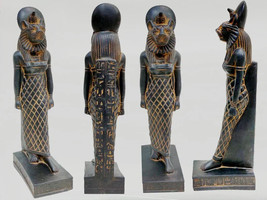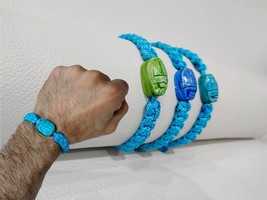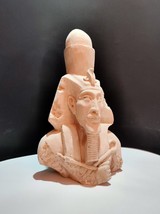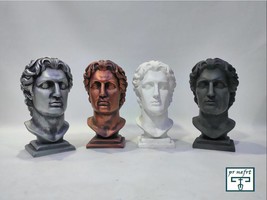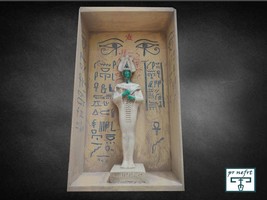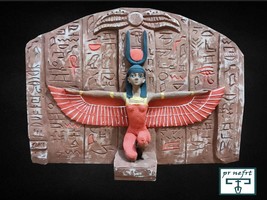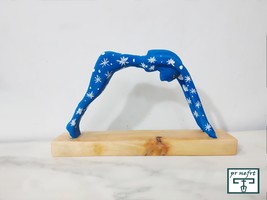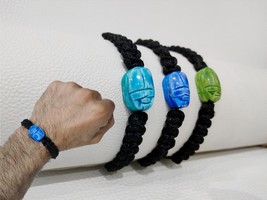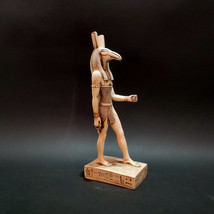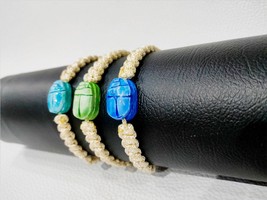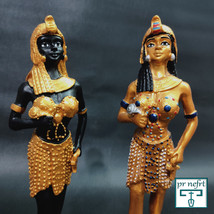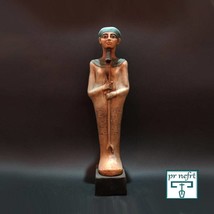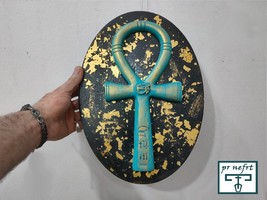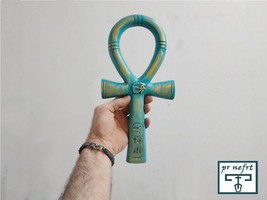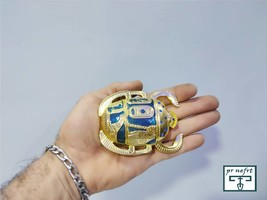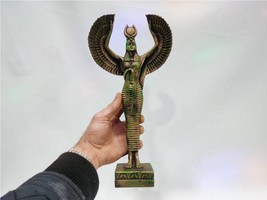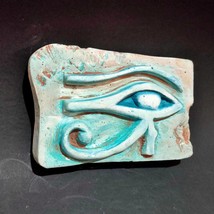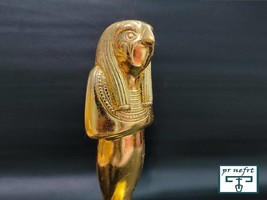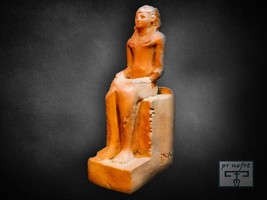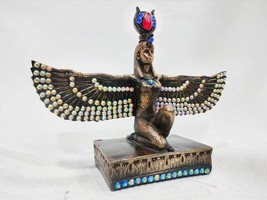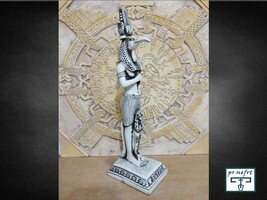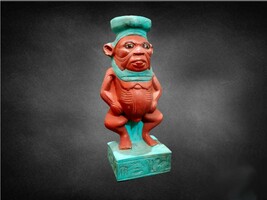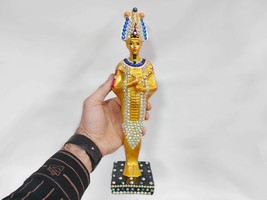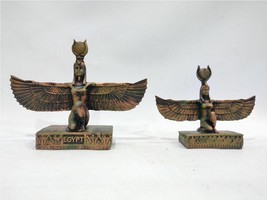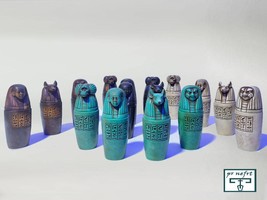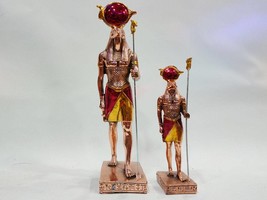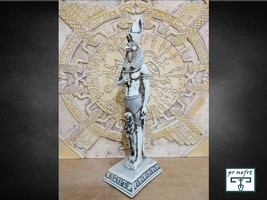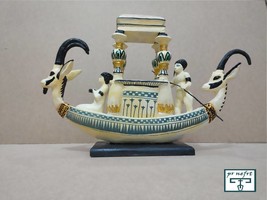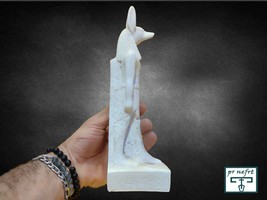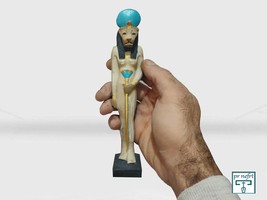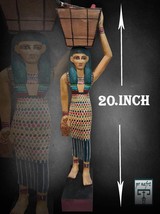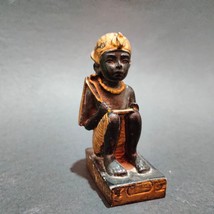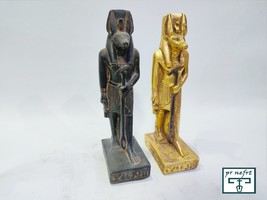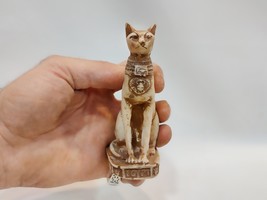Osiris amulet. Symbol of stability. Djed. and 50 similar items
Osiris amulet. Symbol of stability. Djed. The backbone of Osiris. Isis knot. Eg
£215.46 GBP
View full item details »
Shipping options
£18.83 to United Kingdom
Ships from
Egypt

Return policy
Refunds available: See booth/item description for details
Details
Purchase protection
Payment options
PayPal accepted
PayPal Credit accepted
Venmo accepted
PayPal, MasterCard, Visa, Discover, and American Express accepted
Maestro accepted
Amazon Pay accepted
Nuvei accepted
View full item details »
Shipping options
£18.83 to United Kingdom
Ships from
Egypt

Return policy
Refunds available: See booth/item description for details
Details
Purchase protection
Payment options
PayPal accepted
PayPal Credit accepted
Venmo accepted
PayPal, MasterCard, Visa, Discover, and American Express accepted
Maestro accepted
Amazon Pay accepted
Nuvei accepted
Item traits
| Category: | |
|---|---|
| Quantity Available: |
Only one in stock, order soon |
| Condition: |
Unspecified by seller, may be new. |
Listing details
| Seller policies: | |
|---|---|
| Shipping discount: |
Free shipping on orders over $300.00 |
| Price discount: |
10% off w/ $100.00 spent |
| Posted for sale: |
More than a week ago |
| Item number: |
1642726622 |
Item description
brand , pr nefrt egypt
made in Egypt
size. 4* 2.3 inches
raw. borselain
Osiris amulet. Symbol of stability. Djed. The backbone of Osiris. Isis knot. Egyptian spirit amulet
djed pillar
6 Reasons Why The Djed Pillar Was So Important in Ancient Egypt
The experts ultimately concluded that the Djed Pillars were considered as pillars that held up the sky.
Various symbols were considered sacred in Egyptian culture. The people of ancient Egypt constructed massive structures and incorporated their holy symbols in almost every single thing. The modern-day archaeologists and experts believe that religion was of utmost importance to them.
A djed pillar on a glazed steatite pectoral. Source: Wikimedia Commons
Hieroglyphics play a significant role in understanding ancient Egyptian culture. One of the most commonly encountered and mysterious hieroglyphic symbols is known as the Djed symbol. The Djed Pillar represents a pillar and three crossbars. It was quite difficult for the experts to determine the meaning of this particular symbol even though it was engraved on multiple structures and monuments.
Hence, here are six important points you should know about the Djed Pillar:
1) The experts eventually discovered that the Djed Pillar depicts the Egyptian culture and their beliefs. According to experts, this particular symbol represents stability and permanence. Hence, you?d be able to spot this symbol in most of the temples of Egypt.
I agree to receive email updates and promotions.
Join The Newsletter
2) The Djed symbol or pillar has the appearance of a vertical shaft or pillar. It had four horizontal bars near the top, with multiple vertical lines between each bar. It also had four rings around the neck of the shaft, underneath the first of the horizontal bars.
3) The creation of mankind was widely discussed in the olden days, and it was explained by multiple Egyptian mythologies. Please understand that the concepts or beliefs were oftentimes limited to specific regions or times. Hence, it was difficult for the experts to determine the actual concept of the Djed pillar. However, the experts were able to figure out that it was introduced in the prehistoric period.
4) The Djed Pillar is a strange and mysterious symbol, and its roots seem to lie in the Predynastic era.
5) During the era of the fourth and fifth Egyptian dynasty, the pillar was incorporated in wall decorations at the Step Pyramid of Djose. The Djed Pillars were displayed in the royal palaces of pharaohs, where they formed columns supporting various windows. Also, when anyone peeked through the windows, the pillars gave the impression of holding up the sky beyond. The experts ultimately concluded that the Djed Pillars were considered as pillars that held up the sky.
6) Various ancient people believed that the Djed is a symbol of Osiris, specifically, his spine. Egyptian mythology states that Osiris was the God of the hereafter. He once visited Set, the God of chaos, desert, storms, and destruction, and was tricked into imprisoning himself in a coffin. He died a quick death as he suffocated, and the coffin was thrown into River Nile. The coffin eventually washed up on the shores of Syria. Osiris somehow ended up in one of the palaces as a pillar. The symbol became sacred for the ancient people as its story was infinitely associated with a God who died an innocent death.
|
Why are we showing these items?
Booth
Treasures Pharaohs |
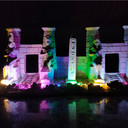
|

-
Refine your browsing experience
We can show you more items that are exactly like the original item, or we can show you items that are similar in spirit. By default we show you a mix.
This item has been added to your cart
 Osiris amulet. Symbol of stability. Djed. The backbone of Osiris. Isis knot. Eg added to cart.
Only one available in stock
Osiris amulet. Symbol of stability. Djed. The backbone of Osiris. Isis knot. Eg added to cart.
Only one available in stock
View Cart or continue shopping.
 Please wait while we finish adding this item to your cart.
Please wait while we finish adding this item to your cart.
Get an item reminder
We'll email you a link to your item now and follow up with a single reminder (if you'd like one). That's it! No spam, no hassle.
Already have an account?
Log in and add this item to your wish list.











